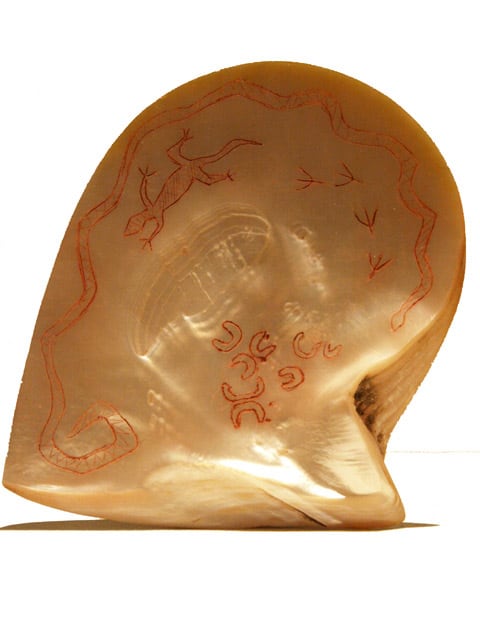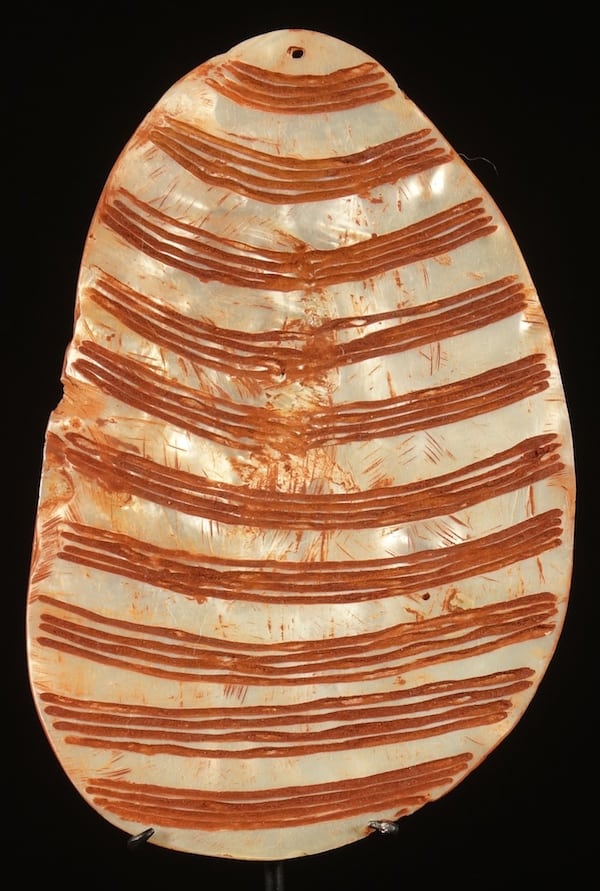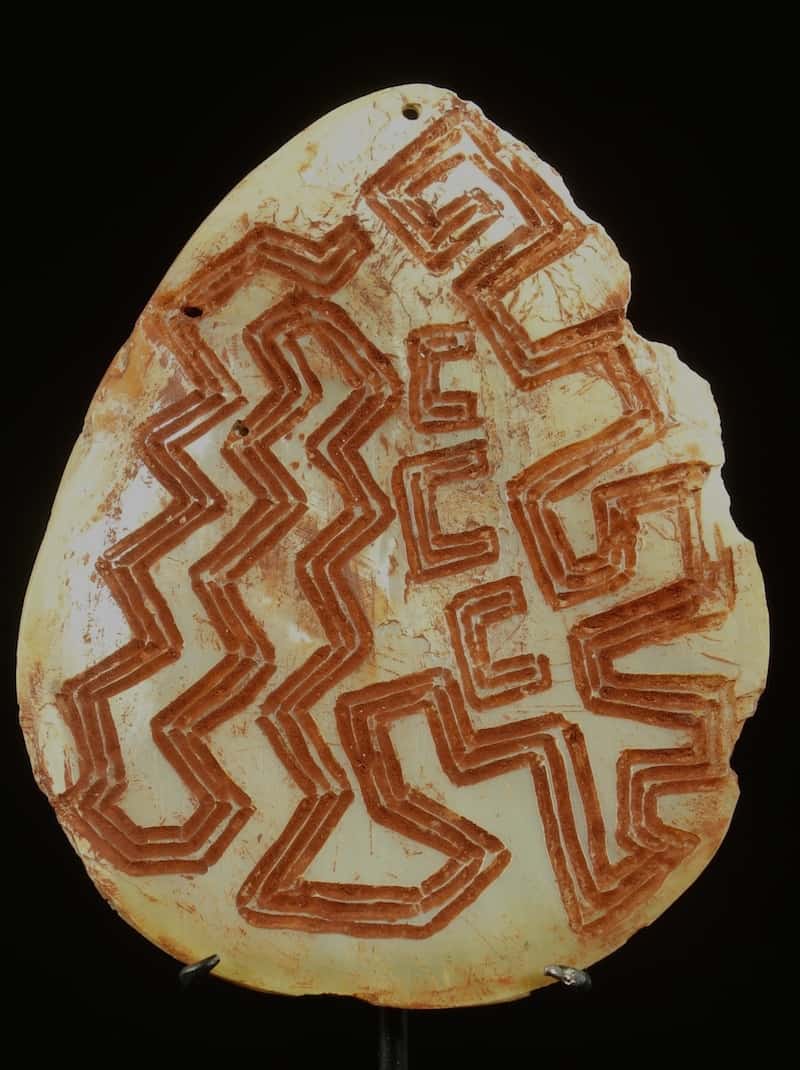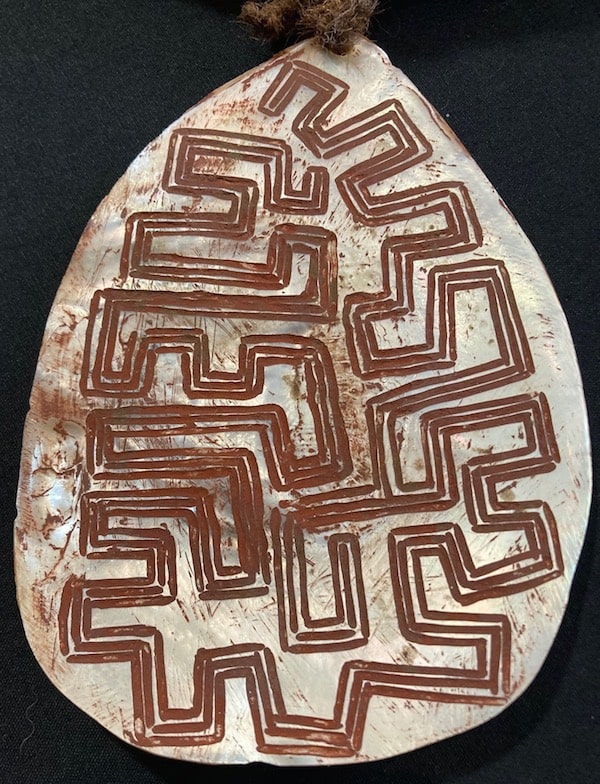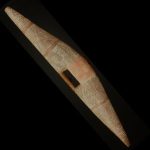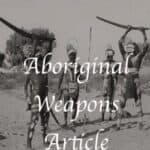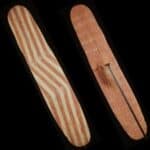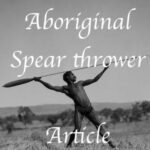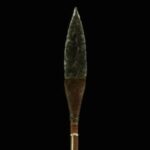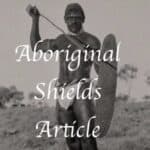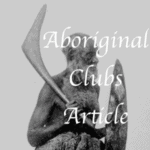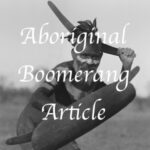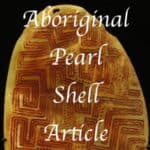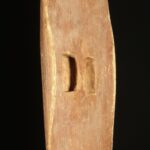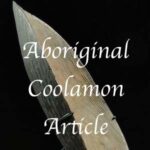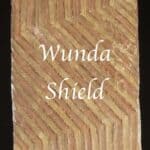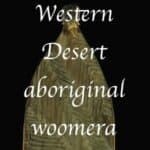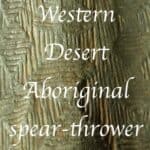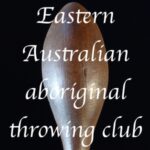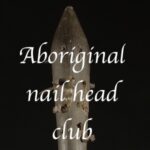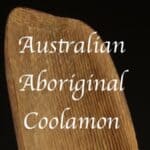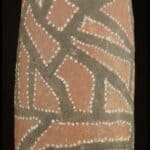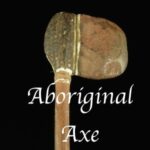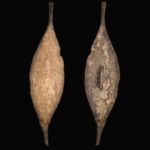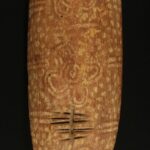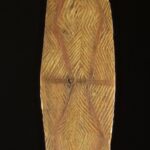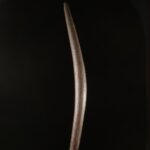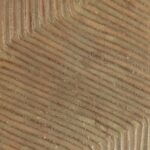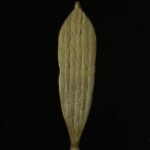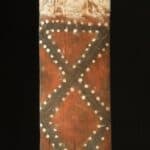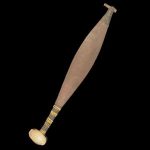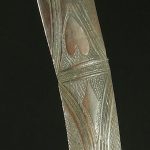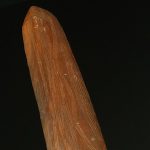Aboriginal Pearl Shell
This article examines Aboriginal pearl Shell adornments both as a fascinating traditional aboriginal Artifact and as a collectable aboriginal art form. Aboriginal pearl shells suspended on a human hair belts acted as pubic covers. They are not secret or sacred but their meanings can be. Uncarved or plain pearlshell called Guwan will not be covered here.
Aboriginal Pearl shell has different names depending on the tribal group. They are Riji or Jakoli in the Kimberley (Western Australia). In the Central desert they are Longka Longka or Lonka Lonka.
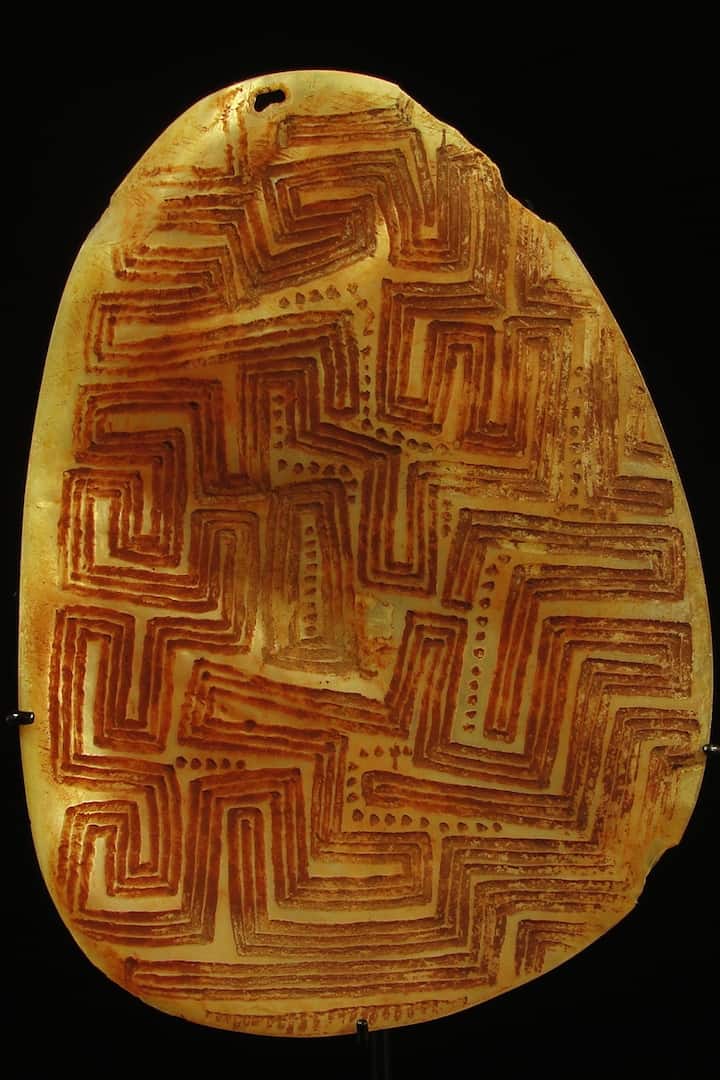
Pearl shells were in use from at least 1818. In 1818 Freycinet records the following in Shark Bay, Western Australia. “An old man painted with stripes of various colors and distinguished from the rest by a shell hanging from his girdle”.
They are an original and unique form of Aboriginal Art. I buy Aboriginal Pearl shell. If you have one you would like to sell please contact me
The ultimate reference book for this unique form of Aboriginal art is a book called Riji and Jakoli. Kim Akerman and John Stanton are the authors. This article has used this book as a major reference.
The quality and age of these pearl shells vary widely and old ones are far more valuable than those made recently. The easiest way to explain a great jakoli / lonka lonka is by examples.
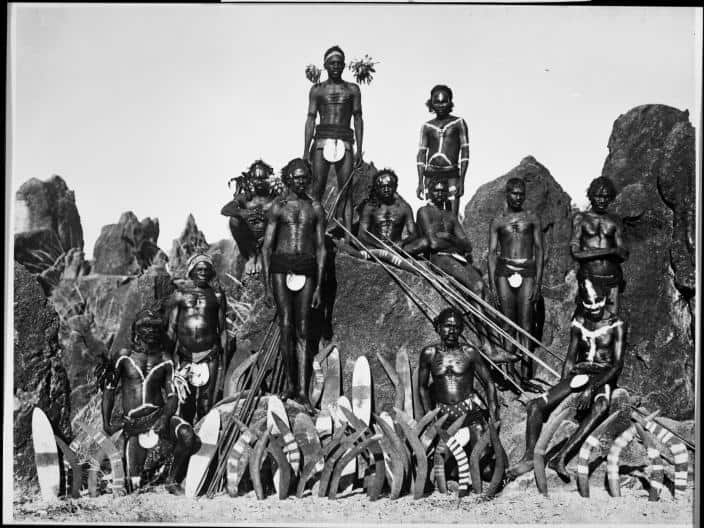
Aboriginal Bardi men wearing pearl shell groin covers with boomerangs and shields.
Aboriginal Pearl Shell Adductor Scar
Old Aboriginal Pearl shells have the adductor scar removed. Many more recent pearl shells do not. The removal of the adductor scar was labor intensive but left a better surface for incision.
This Pearl shell has a large scar where the Abductor muscle attaches the 2 halves of the shell.
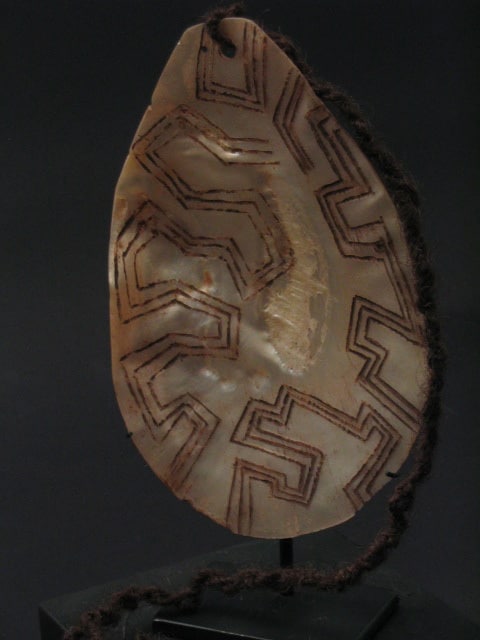
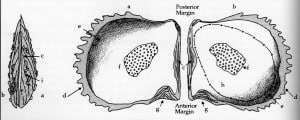
Aboriginal pearl Shell Design
I think it is great that Aboriginal Art is still made by Aboriginal Artists but it is nice to have the knowledge to tell old from new. Contemporary pieces are often made with symmetrical designs. Note that the hair string is not a good indicator of age.
Old aboriginal pearl shells often have la grange designs similar to spear throwers and shields from the Kimberley
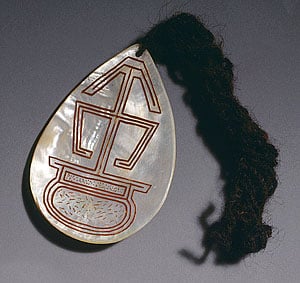
Obviously made for sale and not traditional use.
These are genuine aboriginal art but are not as collectable.
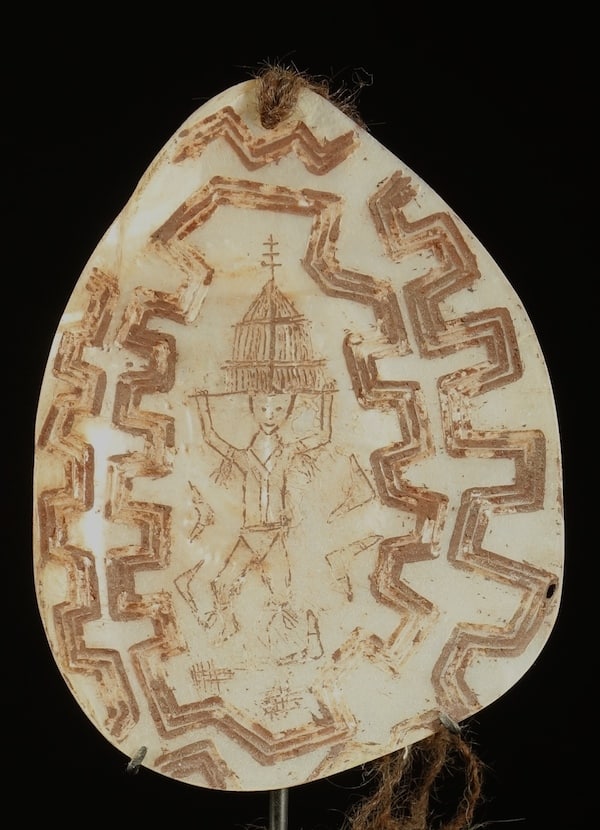
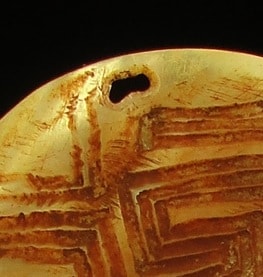
Suspension Holes
More recent aboriginal pearl shells / Jakoli / Lonka Lonka are drilled with modern tools so the hole tends to be larger and more perfect. Pearl shells used to be drilled from either side and there is often some miss alignment of the holes. Some Pearl shells were not drilled at all but attached to the string by resin. Some old pearl shells were pierced by sawing two grooves. One groove on the front and other on the back at right angles to each other with the hole appearing where they intercept.
Fake Aboriginal pearl Shell
Fake aboriginal pearl shells are often carved onto old pieces of pearl shell. Old Jakoli, lonka lonka were a prized possession of Western Australian Aborigines and made from new pieces of pristine shell.
Grooves on fakes are not as uniform as on early aboriginal pearl shells.
The grooves on almost all the old pearl shells are about 1-2mm wide. When the grooves get really fine like this I would need to see it in person or not buy it.
The incised design should have strong right angles and not rounded corners.
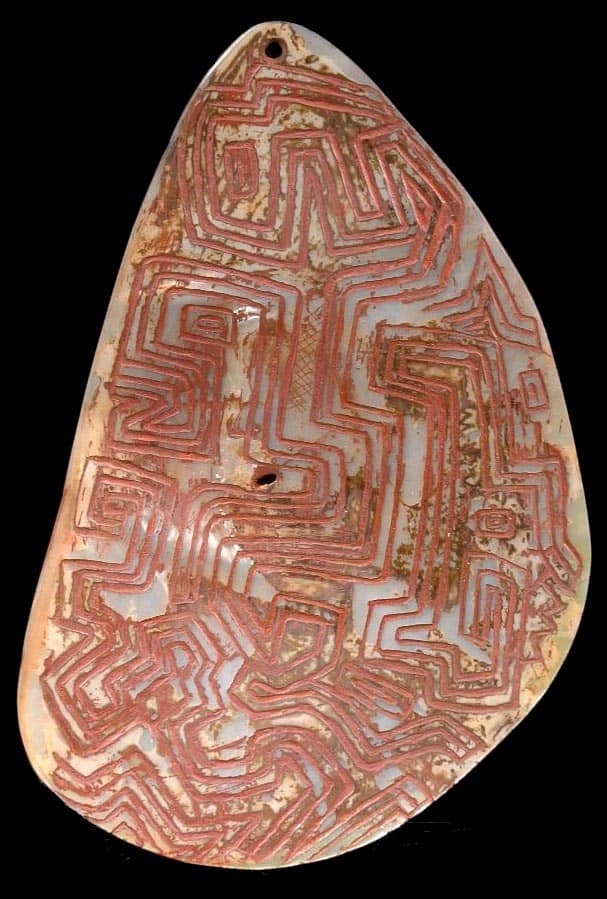
General
The meanings of the designs on aboriginal pearl shell vary. They vary depending on
Of course, as with all Aboriginal art, there is the ordinary and the extraordinary. For every 20 Pearl shell that comes up for sale, only one will stand out from the others. It is these that are by far the most collectible.
The main source of pearl shell for the manufacture of Jakoli / Riji /
Not all pearl shells have
All images in this article are for educational purposes only.
This site may contain copyrighted material the use of which was not specified by the copyright owner.

